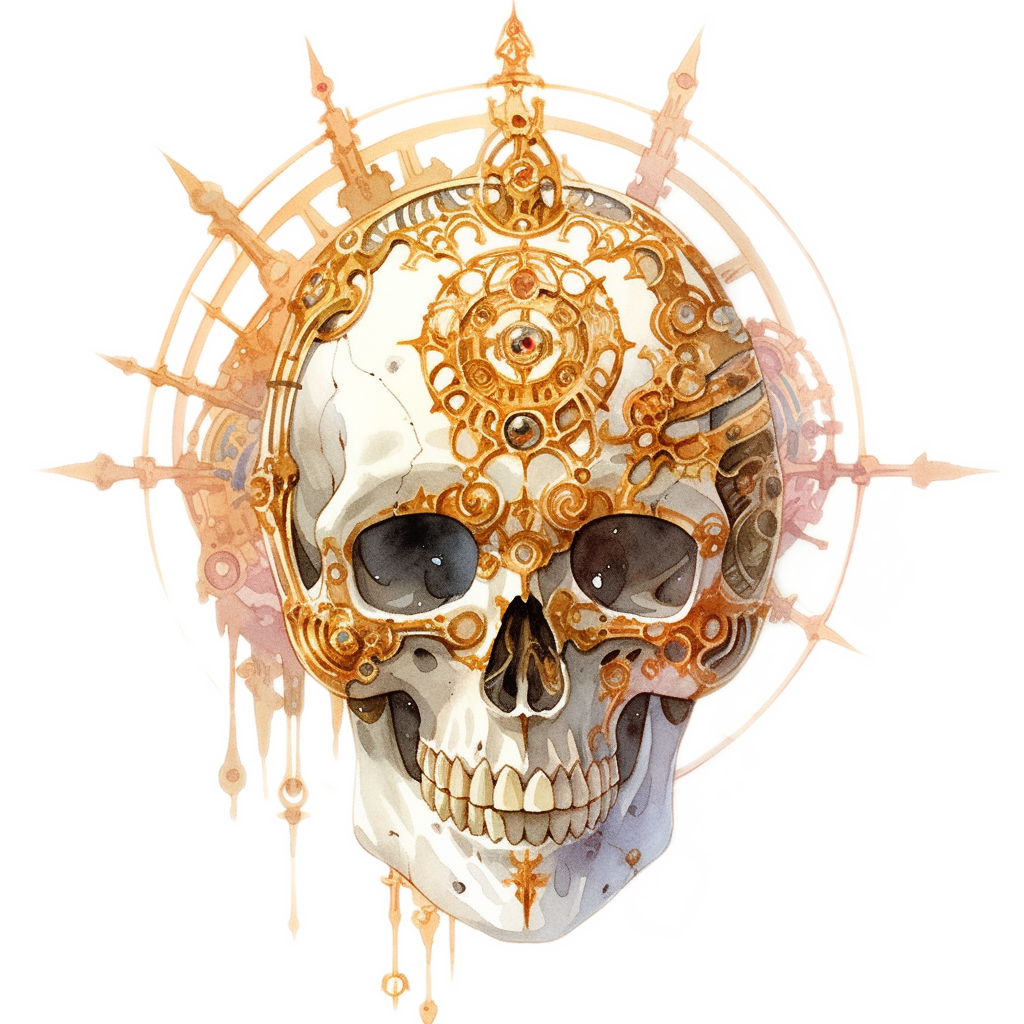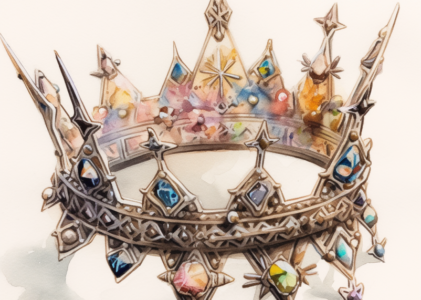The Crown Archons
Archangels, Glorious Bright Ones, the Watchers, the Authorities. LG greater power of benevolent law, fairness, wisdom, death [They/Them]
Realm: Mount Celestia / Chronias (yes, the whole layer)
Superior: None known (Sophia and The Lord of the Spirits are sometimes mentioned, but there’s no proof either exists)
Allies: All powers of Mount Celestia, many of Arcadia, K’un Lun, Bytopia and Elysium, especially Ilmater.
Foes: All fiends, and especially the Lords of the Nine and the Abyssal Lords.
Symbol: No one symbol is used, but the following have seen currency: 7-pointed star, scythe, mountain, pair of wings addorsed.
What most cutters don’t realise is that the tome archons aren’t necessarily the rulers of the archon race. Sure, they each run a layer of the Evermountain, but who chooses them? The dark of it is that it’s a yet-higher bunch of bloods called the Crown Archons who determine who rules; they anoint the leader that each layer needs at any given time. Now usually that’s a tome archon, but the crowns can decide that the time is right for the hammers or the stars to rule a layer. This hasn’t happened in recent memory but stories tell of a time of great strife when hammers and stars came together to defend the plane.
Who are these crown archons? In short, they’re the big bloods who never turn up to the Holy Day feasts. Let me level with you: These cutters are so high up the celestial pecking order, they’re more concept than critter. Most of the talk ’round the bubbling fountains and in the too-clean taverns of Celestia is that the crowns are legends, myths, or perhaps simply a useful tale for scaring junior archons into behavin’. But trust me, the influence of the crowns trickles down like a fine wine—or a stinging rain if you’re on their bad side.
The chant goes that there are as many as seven crown archons, one for each layer of Celestia. There are even names floating around that have been attached to a few of them. It’s thought that, like powers, each of the crowns has their own little, or not-so-little, niche. Azrael wields influence over Death and the Dead, giving the Heralds of Dust a run for their jink. Israfel carries a golden trumpet, a blast from which is said to bring hope and even life back to the expired. Raguel watches over stars, the night, and lost wanderers. And don’t even get me started on Saraqael, an angel of repentance with a shield bigger than he is. The other three? Dark, even to this nosey old tout.
It’s thought the crowns spend all of their time in Chronias, where mere mortals aren’t welcome. What they do up there all day, is anyone’s guess. But they do have ways to wield influence. It’s said they can send messages to any cutter of law and goodness via ‘divine inspiration’, where a thought suddenly pops out of nowhere. The cynical sort might say that the crowns possess cutters too, causing them to become oracles or prophets. Whatever gets the job done, I suppose. Their broad nature of the portfolio they cover allows ’em to cast a wide net; humans, bariaurs, dwarves, aasimar, and even tieflings find the crown archons a big deal. Yeah, you heard me right, even some of the cutters with fiendish blood are keen on ’em. Go figure.
It’s thought that the crowns are not technically powers, at least not individually. But when they agree on a course of action and work in conjunction with one another, they wield the might of a greater power. The sect called the Archonites claims that the crowns are all the forerunners of a coming overpower called ‘Wisdom’ (or sometimes ‘Sophia’) who will show all races how to live with good sense and in true harmony. Well that’s as maybe but is they’re real, they’re certainly taking their time. Now unlike most other powers, the crowns do not have avatars. This leads us to the source of their names: Each crown archon has imbued a relic, in the shape of a crown, which carries an aspect of their divinity. These crowns are in fact the best known part of the crown archon myth—and in fact some berks incorrectly think that the headgear actually is the crown archon.
Each of these crown artefacts is worn by one of the tome archons, and it’s thought that in this way the tome and crown commune. The tomes don’t always wear crowns though, and when they do it’s not always the same one. But frankly they’re also not the talkative sort to be able to ask why, so you’ll have to chalk that one up to another mystery of the planes I’m afraid
Here are the darks I’ve managed to dig up on the crowns themselves. It’s incomplete but it’s more than you knew about yesterday, so I’m fine with that.
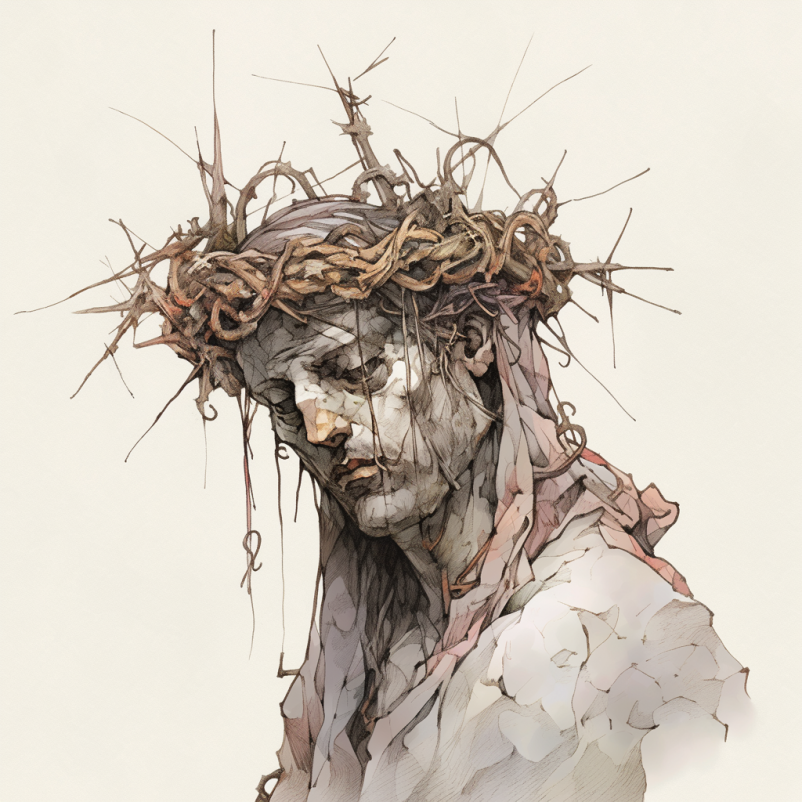
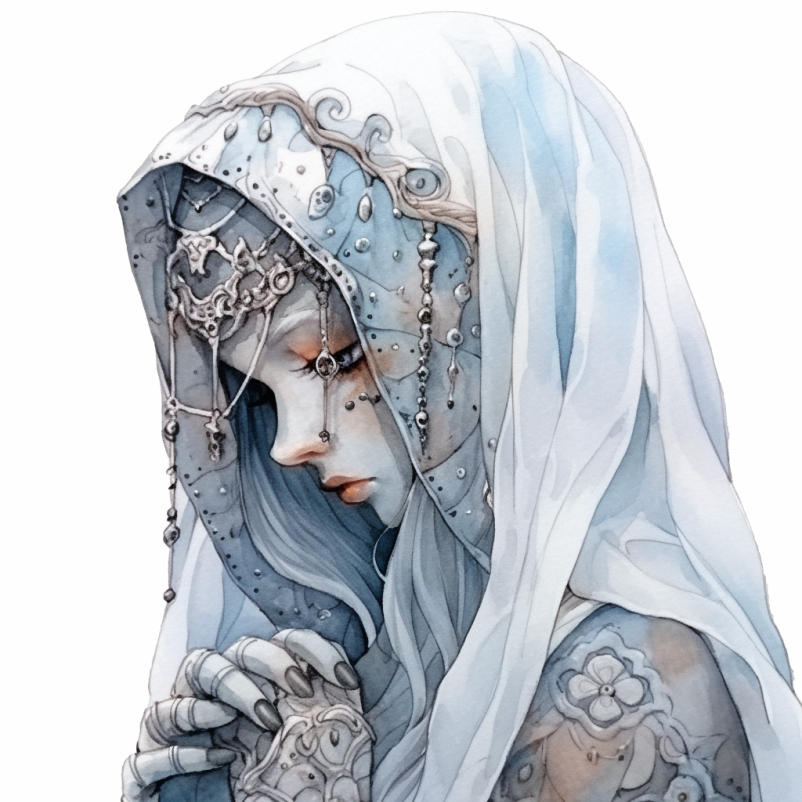
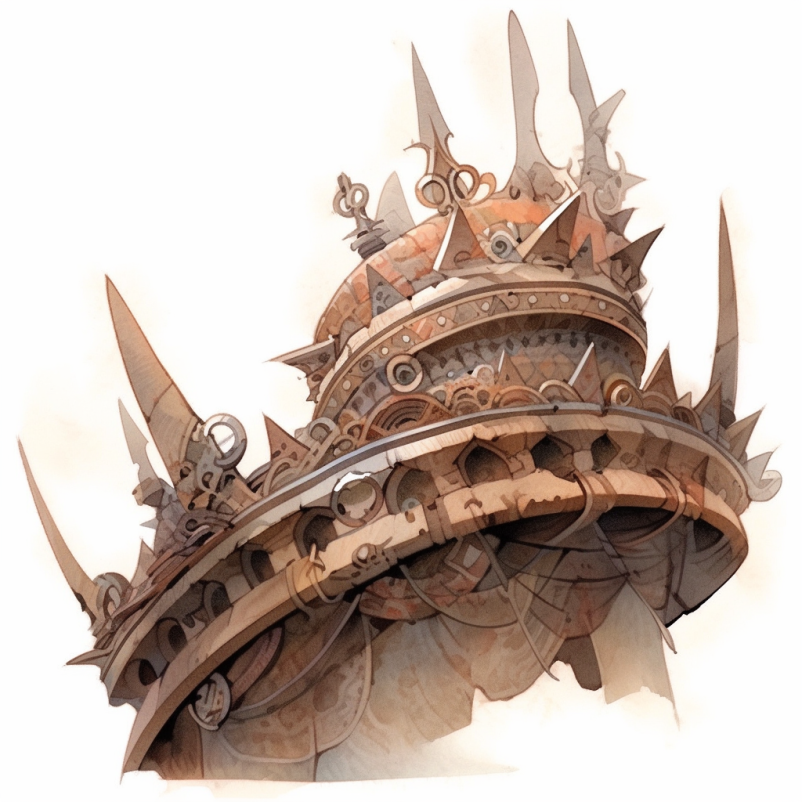
The Crown of Thorns. The Crown of Humility. It’s thought that the Crown of Thorns represents Saraqael, the Angel of Repentance, a being who encourages mortals, petitioners and even outsiders, to repent of their sins.
The Mourning Veil. The Crown Beyond Life. The veil represents Azrael, Death’s Bright Angel. They are an embodiment of the force of Death, identified by some as the Herald of Dust’s supreme being.
The Iron Crown. The Crown of Glory. Chant goes this crown represents Israfel, the Lord of the Trumpets, although others say Israfel is actually a trumpet archon. Perhaps they’re both. [See Planes of Law MC Appendix, under ‘trumpet archon’]
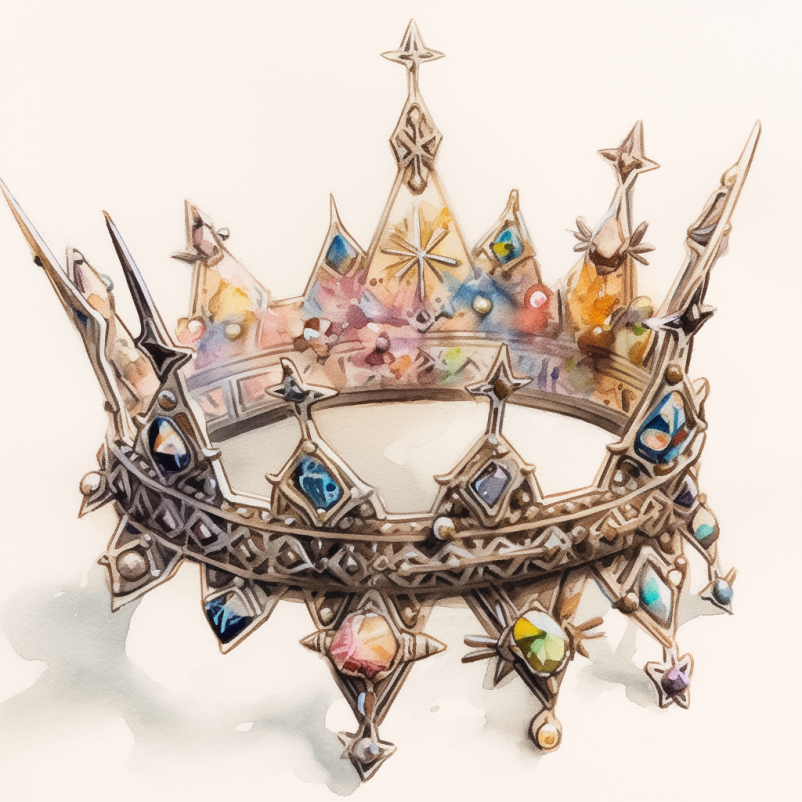


The Palatine Crown of Stars. The Crown of Exultation. This crown has been linked with Raguel, the Angel of the Stars. They are thought to have responsibility for all the space ‘above’ and ‘around’ Mount Celestia, and to rule the star-creatures of Lunia.
The Laurel Wreath. The Crown of Righteousness. The identity of the crown archon this represents is unknown.
The Fleur-de-Lis. The Incorruptible Crown. The identity of the crown archon this represents is unknown.
The Seventh Crown is completely unknown; including whether indeed there even is a seventh,

The Church of the Archonites
Worshippers Alignment: Any good, but especially LG and NG. Some LN and a very few N or LE.
Day-to-Day Activities: All Archonites are expected to adopt the sect of the same name if they can. Archonites worship once a standard week, in their temples, which are usually called churches. These, too, are described on my page. No physical sacrifices are required of Archonites, although charity is encouraged strongly. Archonite services usually involve eight or more sung hymns or canticles, and a blessing administered by the priest.
Important Ceremonies/Holy Days: The two most important feasts of the Archonite calendar occur at exactly opposite ends of the year. Hopetide is the time when all Archonites celebrate the hope they have, through revelation in their holy scriptures, that Wisdom, Sophia herself, will one day come and restore the world to its senses. The first day of Hopetide, Esperance, is preceded by the Quiet Eve, a night of meditation and fasting. The actual feast of Hopetide, which lasts for two weeks from Esperance, is spent praying, attending celebratory services, with much singing of hymns and canticles, and eating traditional foods such as chicken and fhorge.
The other great feast of the year, Culpabilitie, is a time for worshippers to call to mind their sins and failings in the past year and to pray for forgiveness and guidance. During the principal service of Culpabilitie, the priest magically marks the back of each supplicant with the sign of a pair of wings. The mark is red or purple, and covers the whole back, lasting for at least two weeks, and vanishing when, after two weeks, the worshipper receives a weekly blessing. The imposition of the mark requires the back to be bared, and the worshipper usually kneels and leans forward while this is done. Culpabilitie is the prinicpal feast of the Penitent tradition, while Hopetide is favoured by the Sapient and Militant branches of the church.
Major Centers of Worship: The main churches of the Archonites are the cathedrals at Excelsior (actually at Monks Higher, two miles outside the city) and at Yetsirah, and the pro-cathedral of St. Azrael in the Rue Morgue in Sigil. Other churches are found throughout Arcadia, Mount Celestia, K’un Lun, Avalon, Bytopia, Elysium, Arborea and the Outlands.
Affiliated Orders: The only military order officially associated with the Archonites are the Order of the Stars, based at Fortitude. They accept only human members, and are not really well-regarded by the rest of the church. They cooperate closely with the Harmonium.
Priestly Vestments: An Archonite priest traditionally only wears full vestments when celebrating services in church. Among the Sapient tradition, all priests tend to wear white robes with gold or silver trim, consisting of a white cassock, a cream or white amice and surplice, a cope, chasuble or tunicle of some seasonal colour (see below) and a white stole with the ends marked out in the colour of the season. The Penitents tend to substitute grey or black for white, and do not use metallic trim outside of hopetide. They also forego the over-robes (cope, etc.) much of the time, and see nothing wrong with celebrating a blessing service robed only in a cassock and stole. The Militants wear the same as the Sapients, but never wear over-robes, always have a red girdle on over everything except their stole, and sometimes wear red cassocks, particularly on the feast days of martyrs. The seasonal colours are as follows:
- The week up to and including Quiet Eve: Unbleached cotton
- The whole of Hopetide: Gold or cream
- Hopetide to the day before Esperance: Green
- Esperance and three weeks thereafter: Grey
- Feasts of archons: White
- Feasts of canonised priests: Sky blue
- Feasts of Martyrs: Red
- Feasts of Lay Saints: Navy blue
- Other times: Pale pink
Adventuring Garb: All priests of the Archonite faith wear one or more of the listed holy symbols about their person at all times, usually on a ring or around the neck on a chain or cord. When adventuring, they may choose to wear a tabard with a picture of an archon on if they wish, but this is not compulsory. There are no formal regulations here, but priests of the Militant tradition generally wear a red girdle or armband.
Granted Powers:
- Archonite priests may cast light as the 1st-level priest spell once per day.
- At 3rd level, an Archonite may cast mark of the angels (see below) twice per day, unless the day is of no religious significance to the Archonites. However, it’s considered unwise to use this power outside the week following Culpabilitie.
- At 5th level, an Archonite priest may cast cure serious wounds as the priest spell once per day.
- At 9th level, an Archonite priest may commune with the archons once a month.
Spells of the Archonites
Mark of the Angels (Alteration) (second level spell)
Sphere: Law
Casting time: One turn
Area of Effect: One person per level
Duration: Special
Components: V,S
Range: Touch
Saving Throw: N/A
This spell is only usually employed when a member of an Archonite church has made a special confession, or during Culpabilitie. The subjects (who must be willing) are touched on the back (which must be bare) by the priest at the end of ten minutes of solemn prayers and canticles. A marklike a pair of archons’ wings appears on the recipient’s back, usually in red. If the recipient is not a faithful Archonite or devotee of some other good religion, the wings are batlike instead. They remain for two weeks, and then disappear as soon as the recipient receives a blessing from an Archonite priest (of any kind). The mark stings slightly, but has no detrimental game effects, and is worn mainly as a sign of penitence.
Mass Penitence (fifth level spell)
This spell is identical to the above spell except for its level, and the fact that the area of effect is ten people per level. Note that this spell’s level restricts it to the Penitent tradition.
Source: Alex Roberts and Jon Winter-Holt, mimir.net and sources listed above. Canonwatch: the crown archons are homebrew lore, and also draw some inspiration and names from the Bible.
